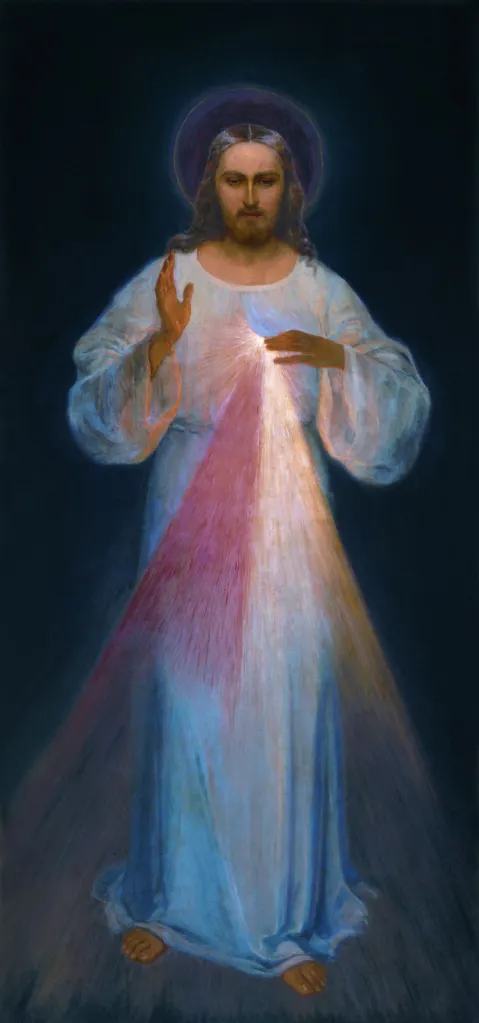
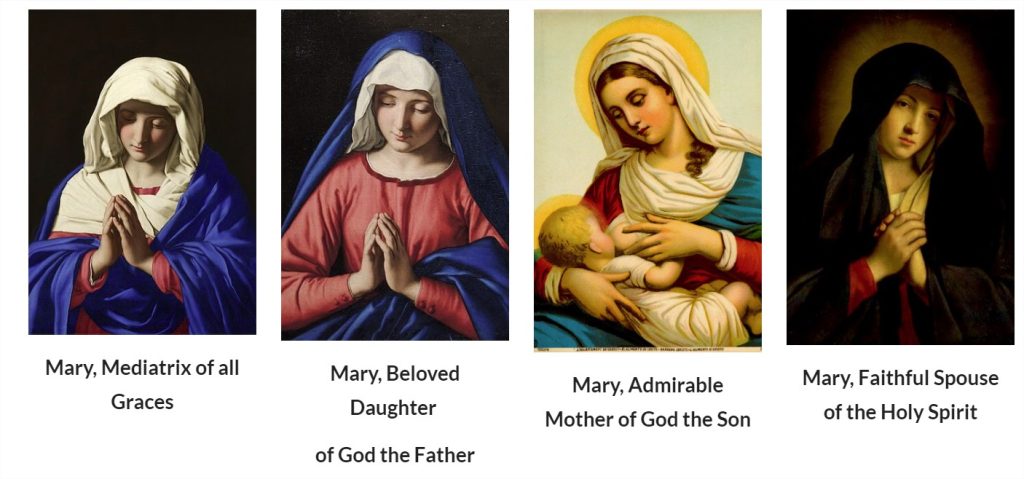
Catholic Mariology is the systematic study of the person of Mary, mother of Jesus, and of her place in the Economy of Salvation in Catholic theology. According to the doctrine of the Immaculate Conception, taught by the Catholic Church, Mary was conceived and born without sin; hence, she is seen as having a singular dignity above the saints, receiving a higher level of veneration than all angelic spirits and blessed souls in heaven. Catholic Mariology thus studies not only her life but also the veneration of her in daily life, prayer, hymns, art, music, and architecture in modern and ancient Christianity throughout the ages.
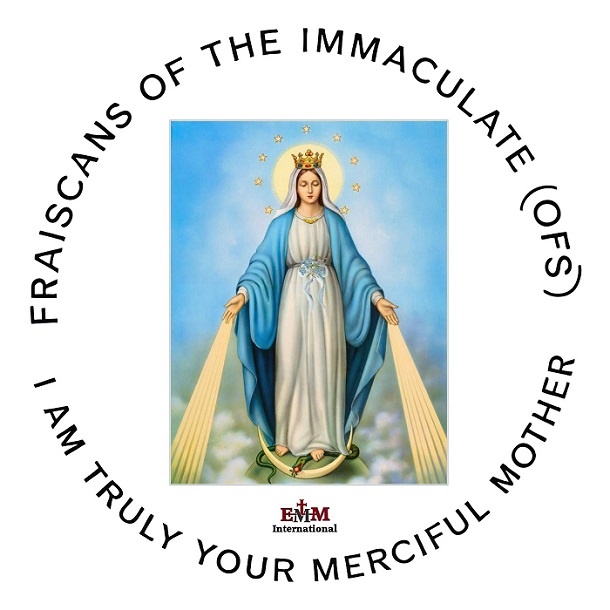
The four Marian dogmas of the Mother of God, the Immaculate Conception, perpetual virginity, and the Assumption form the basis of Mariology. However, several other Catholic doctrines about the Virgin Mary have been developed by reference to sacred scripture, theological reasoning and church tradition. The development of Mariology is ongoing, and since its beginnings, it has continued to be shaped by theological analyses, writings of saints, and papal statements, e.g. while two of the dogmas are ancient, the other two were defined in the 19th and 20th centuries. Papal teachings on Mary have continued to appear in recent times.
In parallel to the traditional views, since the late 19th century, as Marian devotion became more pronounced in the Catholic Church, several other perspectives have been presented as a challenge to Catholic Mariology. Other Christian views see Catholic Mariology as unbiblical and a denial of the uniqueness of Christ as redeemer and mediator, and modern psychological interpretations see Mary as similar to mythical goddesses ranging from Diana to Guan Yin. Nonetheless, Christians in the Catholic Church, the Old Catholic Churches, the Eastern Orthodox Church, the Oriental Orthodox Church, the Assyrian Church of the East, the Ancient Church of the East, the Independent Sacramental Movement, Anglo-Catholicism, and other High church Protestants continue to revere Mary as the greatest saint.
Anglican Marian theology is the summation of the doctrines and beliefs of Anglicanism concerning Mary, the mother of Jesus. As Anglicans believe that Jesus was both human and God the Son, the second Person of the Trinity, within the Anglican Communion and Continuing Anglican movement, Mary is accorded honour as the theotokos, a Koiné Greek term that means “God-bearer” or “one who gives birth to God”. Anglicans of evangelical or low church tradition tend to avoid honouring Mary. Other Anglicans respect and honour Mary because of the special religious significance that she has within Christianity as the mother of Jesus Christ. This honour and respect is termed veneration.
Mary always held a place of honour within the English Church, but many of the doctrines surrounding her have been called into question over the centuries, most as a result of the Reformation. While Protestantism generally is based upon interpretation of scripture by a variety of 16th century reformers, who mostly rejected the practice of speaking directly to Mary and other saints (except in certain hymns, e.g. Ye Watchers and Ye Holy Ones, canticles e.g. the Benedicite, and Psalms, e.g. Psalm 148), certain Anglican traditions, especially after the Oxford Movement, have allowed for Mary and the saints to be addressed.
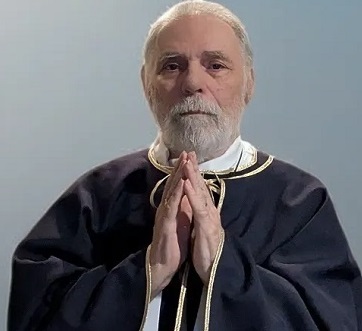
TODAY
Mary has a new prominence in Anglicanism through the liturgical renewals of the 20th century. In most Anglican prayer books, Mary is again mentioned by name in the liturgical prayers. Further, August 15 has come to be widely celebrated as a feast or festival in honour of Saint Mary the Virgin with Scripture readings, collect, and proper preface. Other ancient feasts associated with Mary have also been renewed, and liturgical resources offered for use on these festivals. Marian devotions such as the Rosary, Angelus, and Regina Coeli are most commonly associated with the Anglo-Catholic and High Church churchmanships within Anglicanism.
An Anglo-Catholic manual, Saint Augustine’s Prayer Book: A Book of Devotion for members of the Episcopal Church, first published in 1947, includes a section containing devotions to the Blessed Virgin Mary. This includes the Rosary, the four seasonal Marian antiphons, the Memorare, and litanies of the Blessed Virgin and Our Lady of Sorrows. A Revised Edition was published in 1967, and the book remains in print with Holy Cross Publications. The Anglo-Catholic Prayer Book, a classic, was published in an entirely new edition in 2000, and it also includes a section of prayers to the Blessed Virgin, including to her Immaculate Conception and Assumption.
Anglican theologian Hugh Montefiore, former Bishop of Birmingham, while denying the immaculate conception and the bodily assumption of Mary into heaven, says, “Christians rightly honour and venerate her as one of the great saints of God. God had signally honoured her by choosing her to be the mother of Jesus.”
Within Lutheran Marian theology and Anglican Marian theology, the Blessed Virgin Mary holds a place of honour. In the Eastern Orthodox Church, several traditions revolve around the Ever-Virgin Mary and the Theotokos, which are theologically paramount concepts.
Catholic Marian movements and societies
- Sodality of Our Lady
- Marians of the Immaculate Conception
- Congregation of the Religious of the Virgin Mary
- Company of Mary
- Marianists
- Marists
- Marist Brothers
- Schoenstatt Movement
- Militia Immaculata
- Legion of Mary
- Blue Army of Our Lady of Fatima
- Our Lady’s Rosary Makers
- Mariological Society of America
- Marian Movement of Priests
- Fatima Family Apostolate
- Marian Devotional Movement
- Queen of Angels Foundation
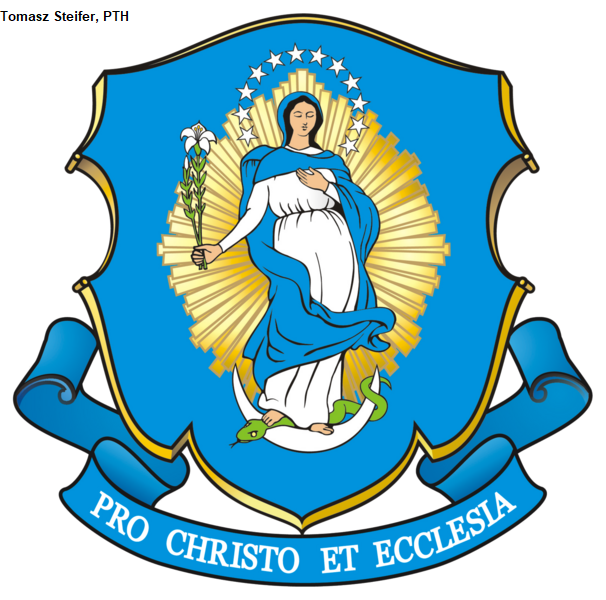
The Congregation of Marian Fathers of the Immaculate Conception of the Most Blessed Virgin Mary (Latin: Congregatio Clericorum Marianorum ab Immaculata Conceptionis Beatissimae Virginis Mariae) is a Catholic male clerical religious congregation founded in 1670 in Poland. It is also known as the Marians of the Immaculate Conception. Its members add the post-nominal letters M.I.C. after their names to indicate membership in the Congregation.
St. Louis Marie Grignion de Monfort
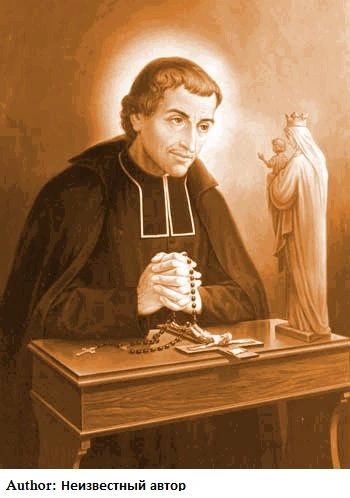
Louis-Marie Grignion de Montfort, TOSD (31 January 1673 – 28 April 1716) was a French Roman Catholic priest. He was known in his time as a preacher and was made a missionary apostolic by Pope Clement XI.
Montfort wrote several texts that became classic Catholic titles and influenced several popes. He is considered one of the notable writers in the field of Mariology. His most notable works regarding Marian devotions are in Secret of the Rosary and True Devotion to Mary. He is known for his devotion to the Blessed Virgin Mary and the practice of praying the rosary.
Pope Pius XII canonized him on 20 July 1947. A “founder’s statue” created by Giacomo Parisini is located in an upper niche of the south nave of St. Peter’s Basilica.
Preparation for Total Consecration according to Saint Louis de Montfort
Preparation for Total Consecration, according to Saint Louis Marie de Montfort, was inspired by Louis de Montfort and published in 2001. Saint Louis dedicated his life to following and praying to the Virgin Mary. His devotion to Mary was even considered “the best and most acceptable form of devotion to Our Lady” by Pope Pius IX. Four of his performed miracles were examined by the Sacred Congregation. Saint Louis de Montfort was canonized by Pope Pius XII on July 20, 1947, over two hundred years after his death. The process took a long time due to his lack of followers and the unfortunate era in which he died. His two biographies, one by Grandet and the other by Father de Clorivière, both dated in the 1700s, which was a time of “immense social and religious upheaval.
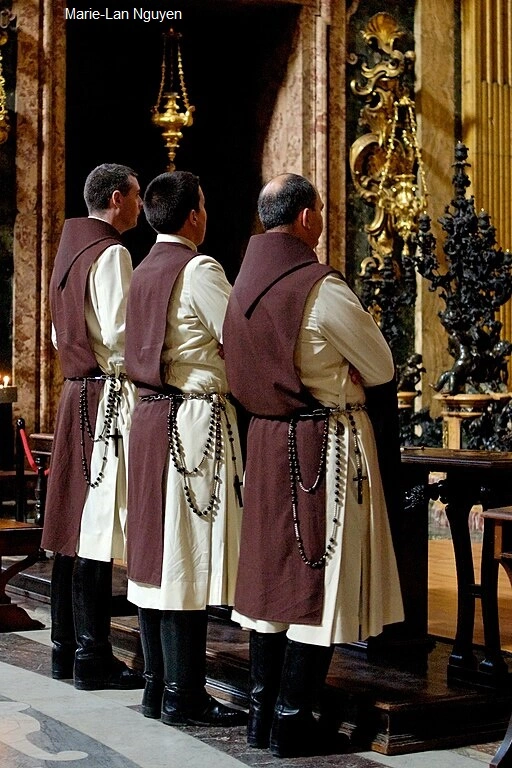
The purpose of the consecration is to rid the self of the spirit of the world and to become ultimately in tune with the lives of Jesus and Mother Mary. This particular consecration is a thirty-three-day-long process in which the final day falls on a feast day of the Blessed Virgin.
Part I: Twelve Preliminary Days
The first twelve days of the consecration are set aside as the preliminary days, meant to rid one’s self of all outside hindrances. Saint Louis de Montfort declares that this “part of the preparation should be employed in casting off the spirit of the world which is contrary to that of Jesus Christ.”[3] After a short introduction to the preliminary days is given, Saint Louis provides a list of three prayers that should be said daily. These prayers include Veni Creator, Avi Maris Stella, and the Magnificat. Each day also entails a short meditation meant to be reflected upon before the prayers. The daily meditations tend to include one or two bible verses accompanied with a couple reflective words from the saint himself.
Part II: Knowledge of Self
After the twelve days are completed, the consecration moves on to Part II: Knowledge of Self. In this section, Saint Louis de Montfort’s goal for the consecrator is to “consider not so much the opposition that exists between the spirit of Jesus and ours, as the miserable and humiliating state to which our sins have reduced us.” The prayers for this period are a bit longer, consisting of the Litany of the Holy Ghost, Litany of the Blessed Virgin, and the Ave Maris Stella.
Part III: Knowledge of Mary
Once the Knowledge of Self week is complete, the next section of the consecration to be prayed is Part III: Knowledge of Mary. During this period, it is important to reflect upon “the interior life of Mary, namely, her virtues, her sentiments, her actions, her participation in the mysteries of Christ and her union with Him.” The prayers said for this section include the same as the previous. However, the consecrator is to say a daily rosary amid everything else. This week is a more challenging part for consecrators, as it leads to an hour to two hours of prayer and reflection.
Part IV: Knowledge of Jesus Christ
The fourth and final part of Saint Louis de Montfort’s consecration is the Knowledge of Jesus Christ. The prayers for this section include Litany of the Holy Ghost, Ave Maris Stella, Litany of the Holy Name of Jesus, St. Louis de Montfort’s Prayer to Jesus, and O, Jesus Living in Mary. At the finish of the consecration, usually the consecrator is to purchase a chain that can be worn around the wrist as a constant reminder of one’s slave hood to Mary and Jesus; before wearing it, the consecrator has it blessed by a priest. In order for the consecration to be complete, the consecrator must attend Mass on the final day, partake in confession either the week before or after, and do a personal penance for Mary.
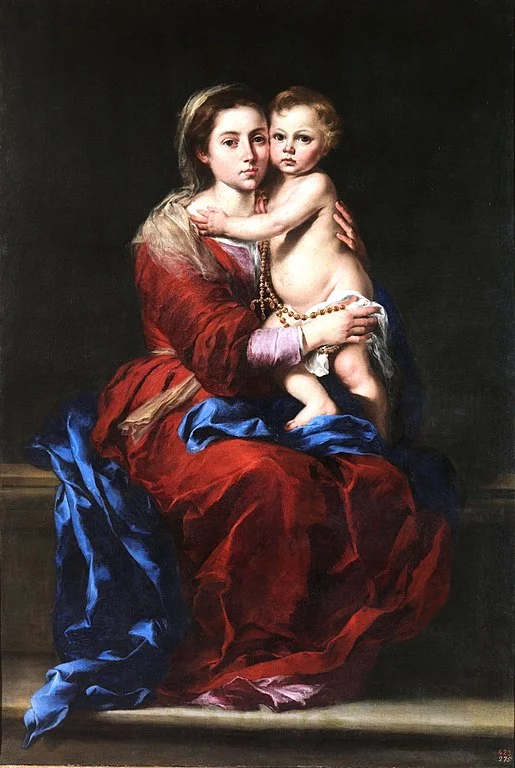
The Secret of the Rosary is a book about the Holy Rosary written by Louis de Montfort, a French priest and Catholic saint who died in 1716. The English translation of the book bears the Imprimatur of Archbishop Thomas E. Molloy of the Roman Catholic Diocese of Brooklyn. It is said to be the earliest extant book describing the modern way the Rosary is prayed.
The book revolves around the views of the rosary and the power of the rosary and consists of several short sections called Roses, each being about one or two pages long. Each Rose discusses a separate viewpoint about the Rosary and may be addressed to a different cross-section of the audience, e.g. priests versus lay people.
This book discusses two different methods of praying the rosary. In Comparison, three additional methods (i.e. five altogether) are listed in the book God Alone, based on the collected writings of St. Louis.
The book consists of an introduction plus two main parts. Part I: “What the Rosary is” and Part II: “How to Recite it”. The book is structured in terms of 53 Roses, i.e. sections. The introduction consists of three Roses. Part I embodies the First Rose to the Fortieth Rose, and Part II includes the Fiftieth Rose.
The introduction has three Roses: The White Rose for priests, the Red Rose for sinners, and the Mystical Rose Tree for devout souls. These three Roses epitomize the multi-view approach taken by the book. The advice to priests about using the Rosary to save sinners directly relates to the advice given to sinners on how to use the Rosary for salvation. This theme continues throughout the book, each Rose gently leading to another, in the process gradually revealing various “secrets” on how to approach the Rosary, how to recite and how to use it for optimal spiritual benefits.
An example of the multi-perspective, yet pragmatic, method with which the book deals with the Rosary is how the concepts of focus and respect are conveyed through a set of Roses. This starts with the Forty-First Rose called “Purity of Intention”. This Rose points out that it is not the length of a prayer that matters, but the enthusiasm, purity and respect with which it is said, e.g. a single properly said Hail Mary is worth many that are badly said. This Rose is followed by the Roses “Attention” and “Fighting Distractions.” These provide advice for achieving the proper mindset for saying the Rosary. The topic concludes with the Rose “With Reverence,” which returns to respect. Although each of these is a separate Rose, they are cleverly interrelated to present multiple dimensions for focus and respect.
Hence, although the book is highly readable and unassuming on the surface, it is based on a well-structured “multi-perspective analysis” of the Rosary. The fifty-three sections are intricately connected and thought out. Hence, the term “secret” is quite becoming, for the book reveals these interconnections coherently. But the typical reader need not be concerned with the analyses because the flow of the text is natural, pure and pious and appeals to laymen and priests. The book has been read by Catholics worldwide for over two centuries and continues to be a great spiritual resource.
Saint Louis de Montfort’s Prayer to Jesus
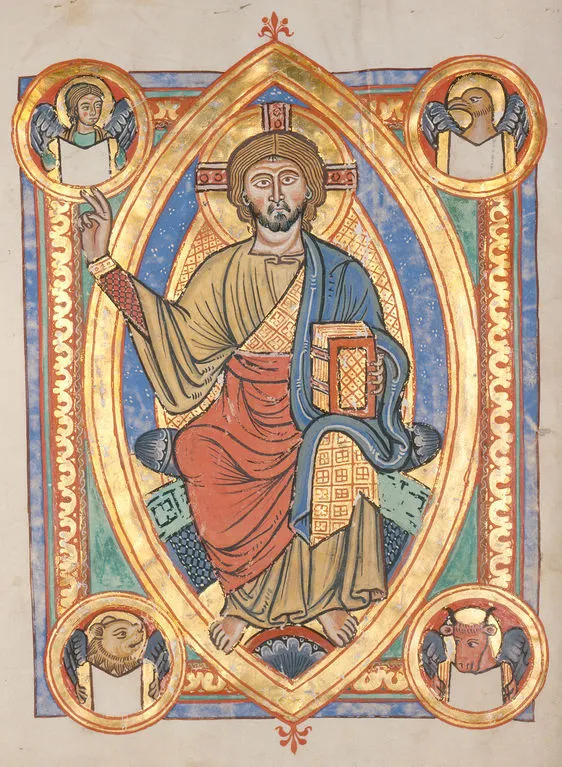
O most loving Jesus, deign to let me pour forth my gratitude before Thee, for the grace Thou hast bestowed upon me in giving me to Thy holy Mother through the devotion of Holy Bondage, that she may be my advocate in the presence of Thy majesty and my support in my extreme misery.
Alas, O Lord! I am so wretched that without this dear Mother I should be certainly lost. Yes, Mary is necessary for me at Thy side and everywhere that she may appease Thy just wrath, because I have so often offended Thee; that she may save me from the eternal punishment of Thy justice, which I deserve; that she may contemplate Thee, speak to Thee, pray to Thee, approach Thee and please Thee; that she may help me to save my soul and the souls of others; in short, Mary is necessary for me that I may always do Thy holy will and seek Thy greater glory in all things.
Ah, would that I could proclaim throughout the whole world the mercy that Thou hast shown to me ! Would that everyone might know I should be already damned, were it not for Mary! Would that I might offer worthy thanksgiving for so great a blessing! Mary is in me.
Oh, what a treasure! Oh, what a consolation! And shall I not be entirely hers? Oh, what ingratitude! My dear Saviour, send me death rather than such a calamity, for I would rather die than live without belonging entirely to Mary. With St. John the Evangelist at the foot of the Cross, I have taken her a thousand times for my own and as many times have given myself to her; but if I have not yet done it as Thou, dear Jesus, dost wish, I now renew this offering as Thou dost desire me to renew it.
And if Thou seest in my soul or my body anything that does not belong to this august Princess, I pray Thee to take it and cast it far from me, for whatever in me does not belong to Mary is unworthy of Thee.
O Holy Spirit, grant me all these graces. Plant in my soul the Tree of true Life, which is Mary; cultivate it and tend it so that it may grow and blossom and bring forth the fruit of life in abundance.
O Holy Spirit, give me great devotion to Mary, Thy faithful spouse; give me great confidence in her maternal heart and an abiding refuge in her mercy, so that by her Thou mayest truly form in me Jesus Christ, great and mighty, unto the fullness of His perfect age. Amen.
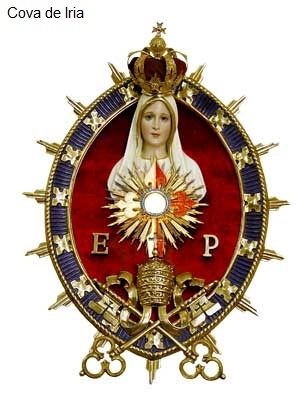
The Heralds of the Gospel is an International Association of Christ’s Faithful of Pontifical Right
The Heralds of the Gospel (Portuguese: Arautos do Evangelho; Latin: Evangelii Praecones, abbreviated to EP) is a Catholic International Association of Pontifical Right founded by Msgr. João Scognamiglio Clá Dias. It is active in 78 countries.
The spirituality of the Heralds of the Gospel is based on three essential points: the Eucharist, the Virgin Mary and the Pope. These points are represented in the emblem that distinguishes them. The three devotions can be seen in the symbol of the Heralds of the Gospel.
Their charisma leads them to strive for perfection and beauty in their daily actions.
In 2017, the Vatican instituted an Apostolic Visitation of the Heralds under the direction of the Congregation for Institutes of Consecrated Life.
Founder Msgr. João Scognamiglio Clá Dias
